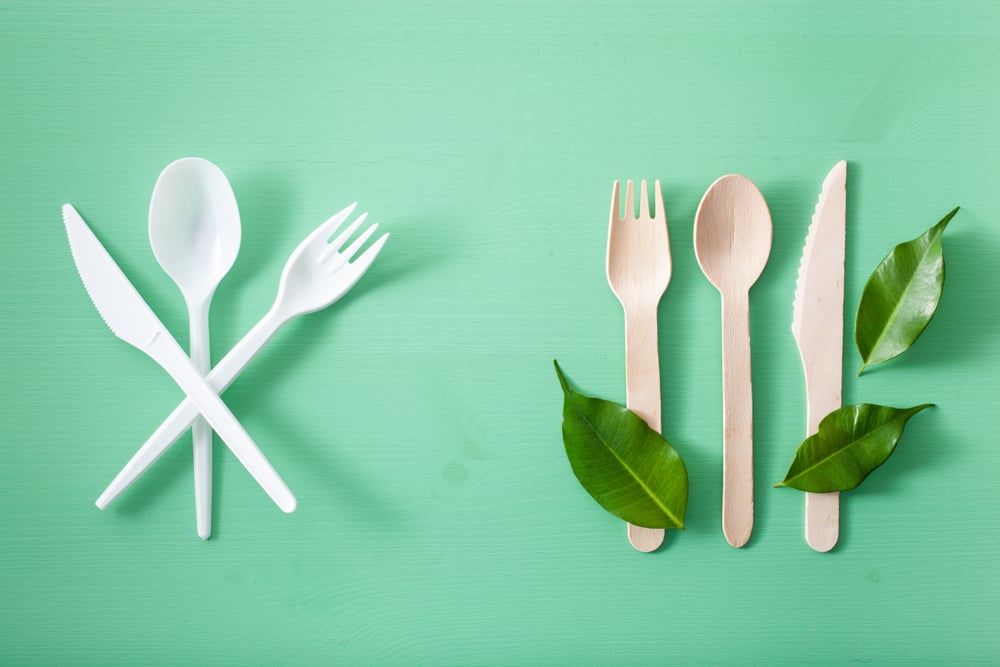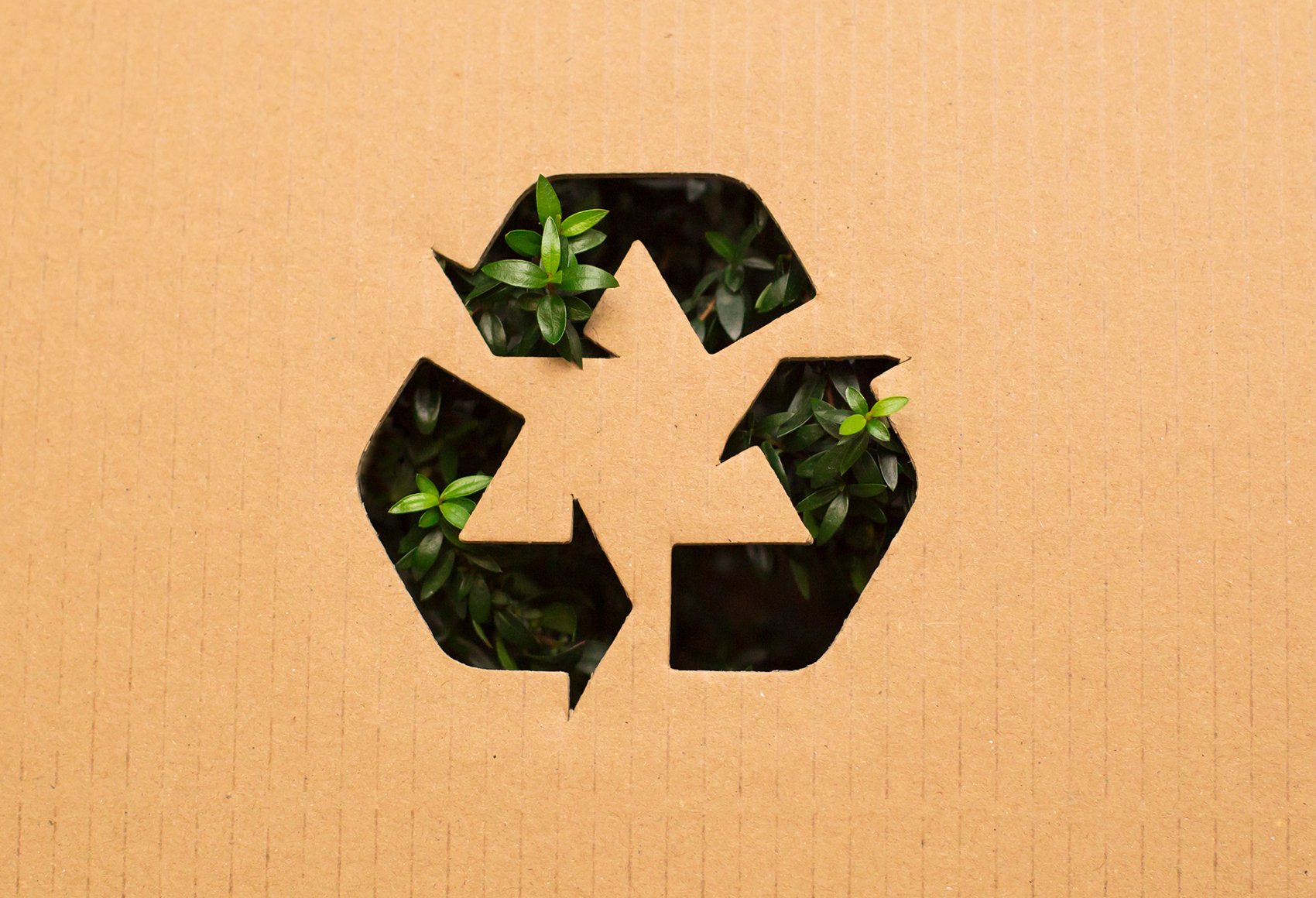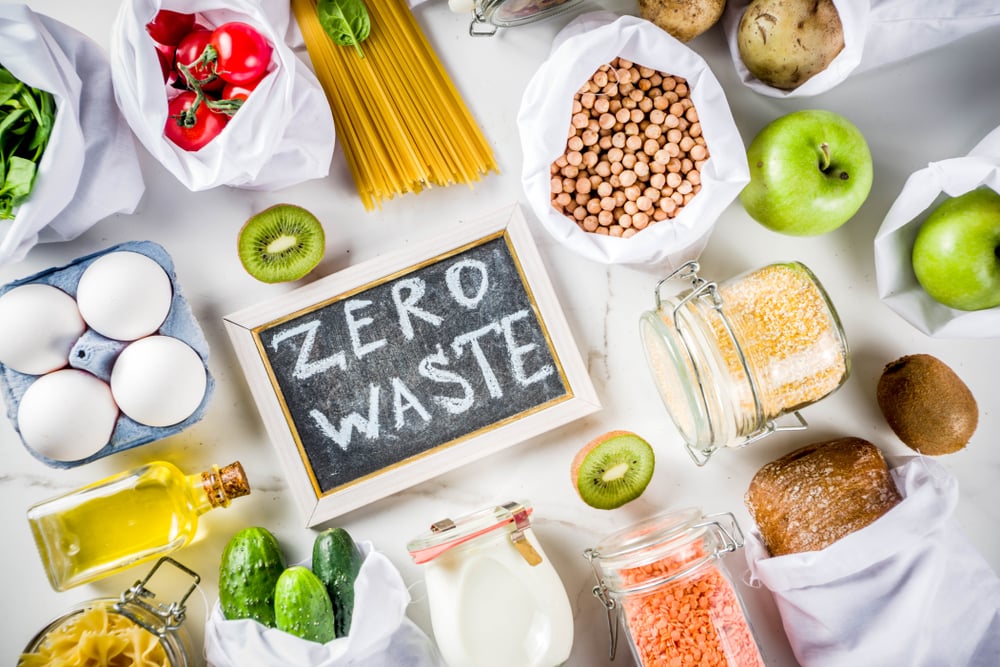
People use over 2 billion plastic bags each year in Washington State. From grocery store trips to mall excursions, your purchases at brick-and-mortar locations often end up in plastic bags. It is because plastic is sturdy, cheap, and above all, convenient.
As we now know, all this plastic is harming the environment. It’s why the state of Washington has extended Seattle’s city-wide ban on plastic bags to the entire state. It’s worth asking—why did the state of Washington switch from plastic to paper?
Plastic is Killing the Environment
Experts estimate that there’s enough plastic in the ocean to fill five garbage bags and stack them on every foot of coastline in the world. This plastic affects all wildlife, both in the ocean and on the shorelines. Here in the Pacific Northwest, for instance, the Chinook salmon population is adversely affected by high levels of plastic toxins—referred to as PCBs—that is up to 5 times higher than any other salmon population on the West Coast.
However, plastic bags are still the standard for brick-and-mortar shoppers because they are cheap and convenient. Take Kroger, for instance. As a popular supermarket chain with 61 locations in the Pacific Northwest, Kroger uses 6 billion plastic bags in a given year. Now, Kroger is committing to a zero-plastic policy. This means they can use less and recycle more. For instance, retailers only need 1,000 paper bags to carry the same number of items that would usually require 1,500 plastic bags.
Admittedly, plastic has had a major impact on modern society. Without the use of plastic, we wouldn’t have airbags, safe car seats for children, computers, cell phones, and more. However, all these uses have caused plastic production to spike. Plastic production has grown from 2.3 million tons per year in 1950 to 348 million tons this year. Without a change in direction, this number is expected to double by 2050.
Increased use of plastic is not sustainable in the long term. Taking action is crucial, which is why so many states, counties, and municipalities are switching from plastic to recyclable, low-carbon paper.
Making A Switch to Paper
The three core goals of sustainability are: reduce, reuse, recycle—and paper packaging options fit the bill. 65% of paper is consistently recycled, and it only takes about three months for a single cardboard box to decompose. This prevents paper from filling landfills, marine environments, or harming animals.
The good news is that paper packaging is a no-compromise solution—it’s better for the environment and preferred by the consumer! Studies indicate that 67% of consumers prefer paper and cardboard packaging options.
Switching from plastic to paper is a small change, but it can make a big difference for the environment. Using paper helps reduce your carbon footprint, slows climate change, encourages local recycling, and supports healthy forests that provide animal habitats and biodiversity.
At NORPAC, we manufacture sustainable paper options that foster a healthy environment for the future. Learn more about sustainable packaging options that impact the world we live in!



